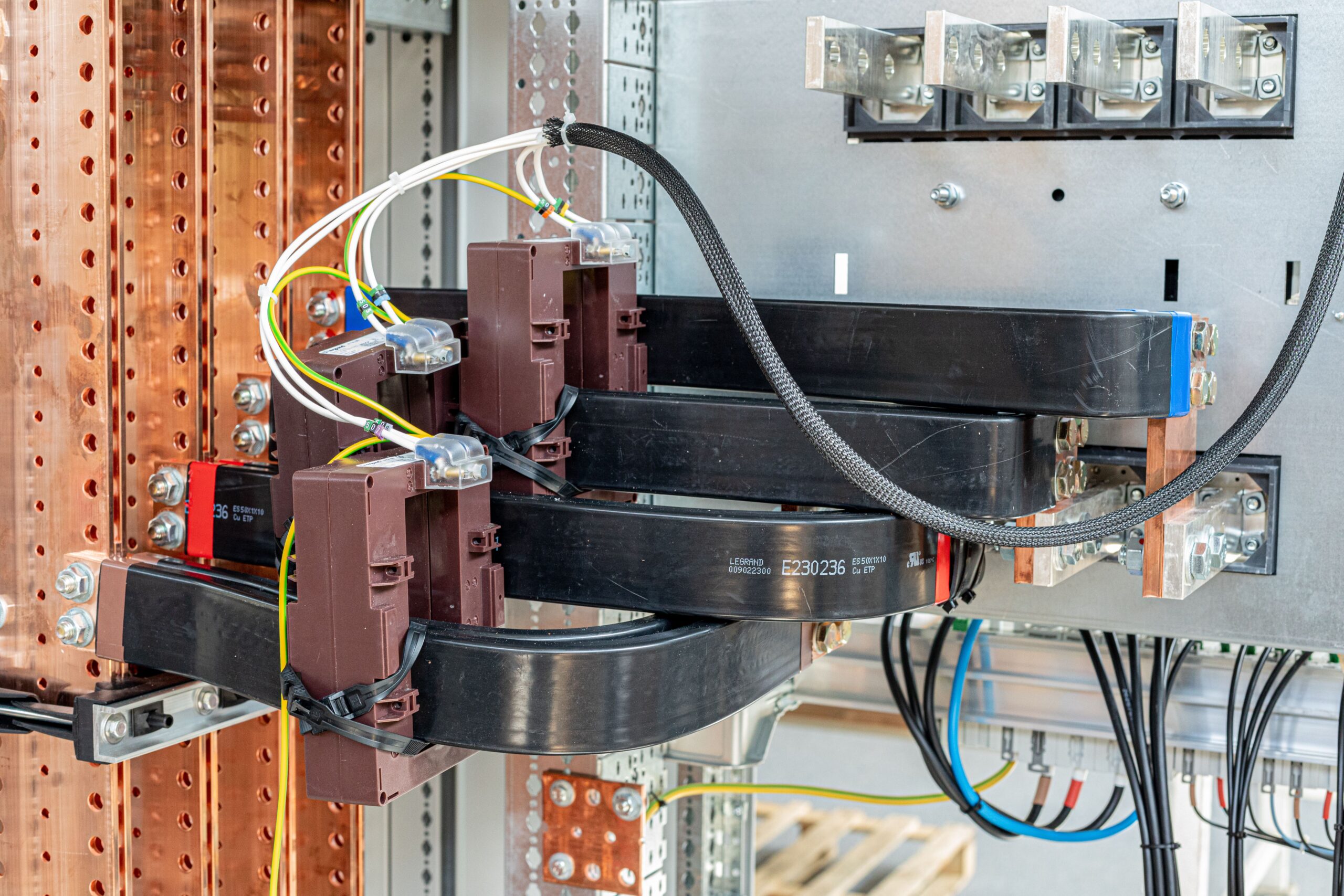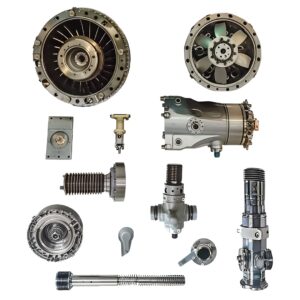Description
Transformer Rectifier,Comprehensive Guide, Applications, and Benefits |Your Expert Resource
A transformer rectifier is a device that converts alternating current (AC) to direct current (DC) by utilizing a transformer and a rectifier circuit. It is commonly used in aircraft electrical systems, where it serves as a power supply for various components and subsystems.
Components of Transformer Rectifier Unit:
Transformer Rectifier Units (T.R.U.) for aircraft are engineered to function with a regulated three-phase input of 200 volts at a frequency of 400 Hz. They deliver a continuous DC output of 110 A at approximately 26 volts. The unit comprises a transformer and two three-phase bridge rectifier assemblies, which are housed in separate sections of the casing.
FEATURES OF TRANSFORMER RECTIFIER
The key features and functions of a transformer rectifier include:
Voltage transformation: The transformer component steps down the high AC voltage from the aircraft’s electrical system to a lower voltage suitable for the connected DC loads.
AC to DC conversion: The rectifier circuit, typically consisting of diodes, converts the stepped-down AC voltage into a DC voltage output.
Electrical isolation: Transformer rectifiers provide electrical isolation between the AC input and DC output, ensuring safety and preventing potential issues caused by ground loops or voltage spikes.
Reliability and durability: Designed for aircraft applications, transformer rectifiers are built to withstand the harsh environmental conditions encountered during flight, such as vibrations, temperature extremes, and high altitudes.
Compatibility: These units are engineered to seamlessly integrate with the aircraft’s electrical system, meeting the specific voltage and current requirements of the connected DC loads.
Transformer rectifiers are essential components in maintaining the proper functioning of aircraft electrical systems, providing a stable and reliable source of DC power for critical systems such as avionics, lighting, and communication equipment.
FAQ’s
Q:Which transformer is used in aircraft?
A:Electrocube current sensing transformers, also known as instrument transformers, are used specifically for power system wiring protection and power supply control in airline jetliners, fighter aircraft and earth -based defense facilities.
Q:What is rectifier work?
A:An electrical rectifier is a device that allows current to pass through it only in one direction, converting alternating current (AC) to direct current (DC). To keep this current flowing through the rectifier, diodes function as one-way valves. This procedure is commonly referred to as “rectification.”
Q:Which type of transformer is used in a rectifier?
A:There are three types of rectifier transformers: dry type, cast coil technology, and liquid immersion. Distribution voltage level is the major use for dry type transformers. Voltage and KVA size limitations apply to both cast and dry coils. Nonetheless, liquid-immersed transformers are capable of handling any voltage or current.
Q:Is a rectifier a diode?
A:An unique kind of diode called a rectifier is used to change alternating current (AC) into direct current (DC). This is an essential task because direct current flows in a single direction all the time and is easier to control than alternating current, which may change its direction.
Q:What distinguishes a rectifier transformer from a converter?
A:While rectifiers specialize in the conversion of AC to DC, converters have a broader range of operations, including the modification of waveform or frequency and stepping up or down of voltage. Rectifiers are a type of converter that deals with AC to DC conversion only.




Reviews
There are no reviews yet.